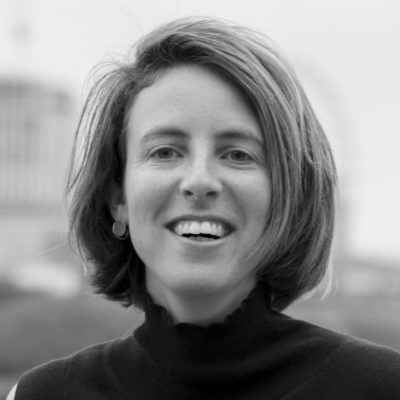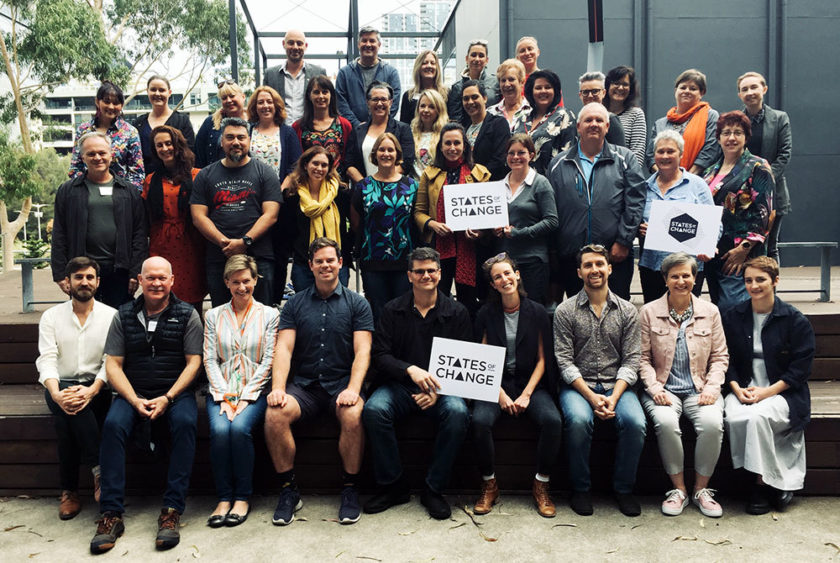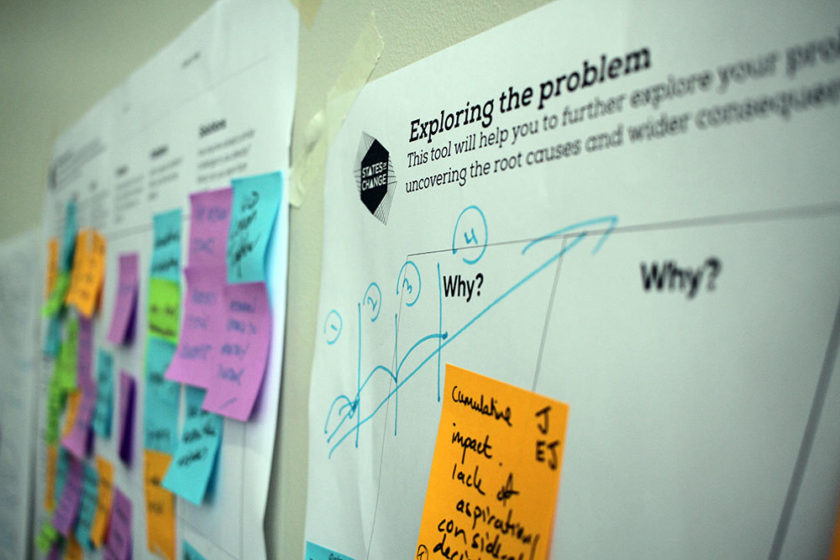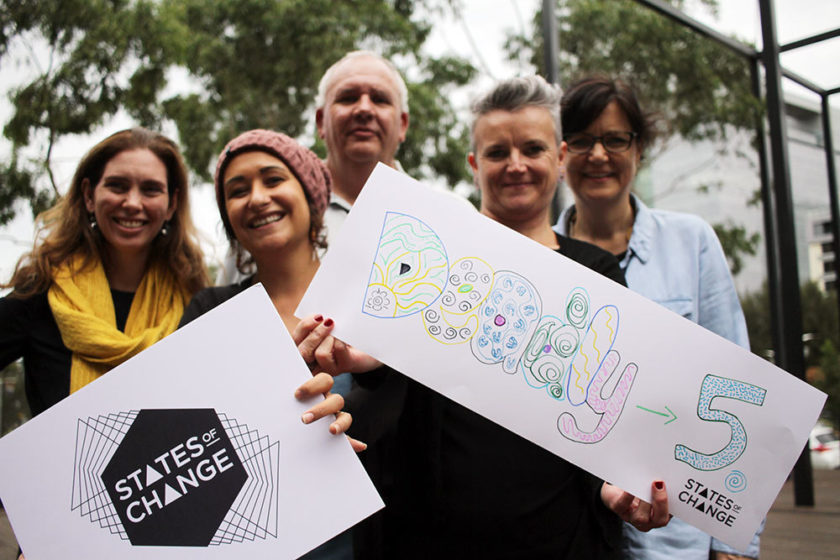We recently kicked off our new learning programme in Australia and New Zealand with an opening session that was all about getting the cohort, their project and environment prepared and ready to learn.
The cohorts we work with go on an intense learning journey, in this case across six months. But the impact on these individuals alone isn’t going to make the big and lasting change we need to shift the culture of government towards a more experimental approach to public problem solving.
We need to make sure that the experience and learning these teams gain sticks and spreads - across their teams, departments and the whole of government. For this to succeed, we are intentional from the outset about choosing which teams, projects and environments we bring into the programme.
Below we share what we did to make sure that the teams are properly set up and ready to learn.
Having what it takes
We don’t make applying to be part of the programme hard, but we do have criteria for who can take part. We look for teams who:
- Have curiosity, commitment and enthusiasm for learning
- Are working on projects that are centered around users, challenge the status quo and have a bias towards action
- Are supported by colleagues and senior staff who will give them the space to actually try something different in their day-to-day work - we sometimes call this an enabling or permissive environment
We find that these three aspects are the most important for ensuring learning is effective, sticks and has lasting impact beyond the programme intervention.
Getting your kit ready
Mountaineers don’t just begin by climbing a high peak; they prepare, get their tools ready and train first. Our teams also began the learning programme by ‘getting their kit ready’ with a four-day session that we call induction and scoping. The session began with a rapid introduction to:
- the innovation process
- why we’ve structured the programme the way we have
- what to expect, and why and where this process will challenge the traditional way policy is done
Projects
The teams work on existing projects in order to practice what they learn with us in their day jobs. Their project is the vehicle of learning where they can experience the consequences of real decision-making in practice.
To get their project ready, teams were introduced to the six-principles of innovation, a way to highlight the scope of their project. Toggling between each perspective - facts, futures, systems, people, problems, solutions - revealed what they knew and what they didn’t in their challenge space.
Teams
We asked everyone to complete a user manual and share that with their team. Understanding how each member prefers to work helps develop the shared rhythms of a well functioning team. Teams also worked through an exercise built around the competency framework, each identifying their core skills and attitudes and then comparing across the team to see what their collective strengths are. The exercise also revealed what the gaps might be so teams are aware of them or can start to think about bringing in support.
Cohort
This time around the teams are from different jurisdictions across Australia and New Zealand. It’s rare for teams and individuals to spend proper time with groups from across the region, so we made sure that they could get to know each other as a cohort. While this geographical spread brings an extra layer of logistics to the programme, the value of learning and sharing is greater and necessary to scale and spread the community of innovation practitioners.
Environment
There is no silver bullet for creating an environment and culture that makes innovation thrive, and the teams will experience different challenges in different forms throughout the next six months. Recognising this, we kitted out the teams with the following tactics:
- Make their work visible. On re-entering their environment, teams must physically display their learning and processes and ‘work out loud’.
- Repeat and rehearse exercises with their executives. In this first session, we focused on systems mapping. This was to ensure multiple perspectives are included, but also to get continual buy-in and awareness of the learning process that the teams are undertaking.
- Recognising that it’s ok to ‘feed the beast’ sometimes. If, for example, your minister is demanding ‘an announceable’, it doesn’t mean the end of the innovation process. Rather, consider it as a way of buying time and space to experiment and test aspects of the broader intervention.
Throughout the programme we’ll be engaging with the teams’ executive leaders to ensure that there are opportunities for social learning. We also position the programme as an opportunity for different roles - those who lead innovation, those who manage innovation and those who do innovation - to be connected in a joint effort.
What we asked the teams to do
The teams have been tasked with rehearsing specific new behaviours that build on the preparation work we did together. This will come to be the all-important scaffolding for the many new behaviours to come. We asked them to:
- Set up a workplace ‘wall’. A dedicated space to display their ‘working out loud’. It’s simple to do and creates opportunities for serendipity; a conversation starter to discuss their project and learning. It’s an all important way to make these new ways of working visible.
- Set a check-in rhythm that their team can follow together. This might include things like an ‘EQ’ check-in, where they share their emotional or personal state rather than simply an update on their tasks, or specific reflection prompts like “what did we learn this week?”. Iterative processes sometimes require different rhythms from the team, and creating and protecting the space for shared reflection and learning is encouraged.
- Interview at least one citizen, to rehearse their interview style and begin to gather insights.
- Do a systems map with their executive leader(s), and host a conversation with their colleagues about setting up innovation projects to succeed.
- Share from the outset their experience and bring their peers along the journey with them.
We'll be coming together again with the cohort in early May, this time moving to Brisbane, for our next one week training session. Keep an eye out for more updates and reflections on our progress coming soon, or please get in touch with us via helloanz@states-of-change.org or Twitter!
What we actually did across the four days
For anyone who's interested, we've included below an overview of the activities we did over the induction and scoping week.
On day one we gave the floor straight to the cohort. These teams are going to be working closely together over the next six months, and we hope that beyond the programme they will be a network and support system for each other as they continue to put their growing innovation skills into practice. Each team introduced themselves, shared who they are and their hopes and fears for the programme.
We then did a ‘rapid run-through’: a (you guessed it) rapid version of the innovation process we’re taking them over the six months. Following this we introduced the programme framing, logic and process.
At the end of a long day we had some welcome drinks, where Geoff Mulgan (CEO of Nesta) shared some wise words (“go forth and infect”) along with some of the alumni from the States of Change Victoria programme.
Day two was all about the six principles. Toggling between each (facts, futures, systems, people, problems, solutions), teams quickly worked through the different perspectives and what each revealed about their knowledge (or gaps) of their challenge space. This included a safari into the depths of Melbourne City to observe some system interactions as well as try out some interviewing techniques.
On day three, we asked participants to arrive in silence and begin some individual reflection exercises designed to get into the personal values, motivations, strengths and weaknesses they bring to a team. After the two previous busy days, this was appreciated and everyone dropped into deep conversations about why it is they’re all here and part of this programme.
The remaining time and into day four, the teams worked through their individual projects some more with support from the faculty, and did a competency framework exercise to identify as a team what skills and attitudes they had as strengths.
The day ended with everyone writing personal commitments to themselves, about what it is they promise to individually over the next six months. This was then read out in a cacophony of commitments.



